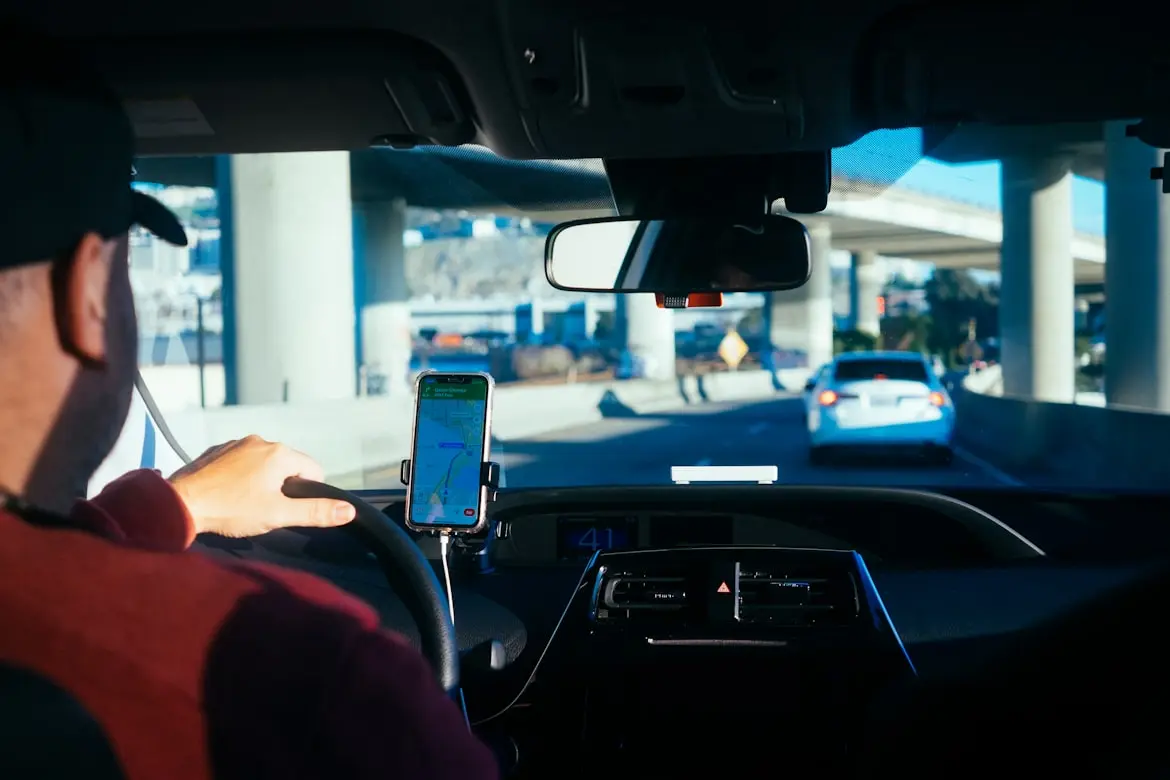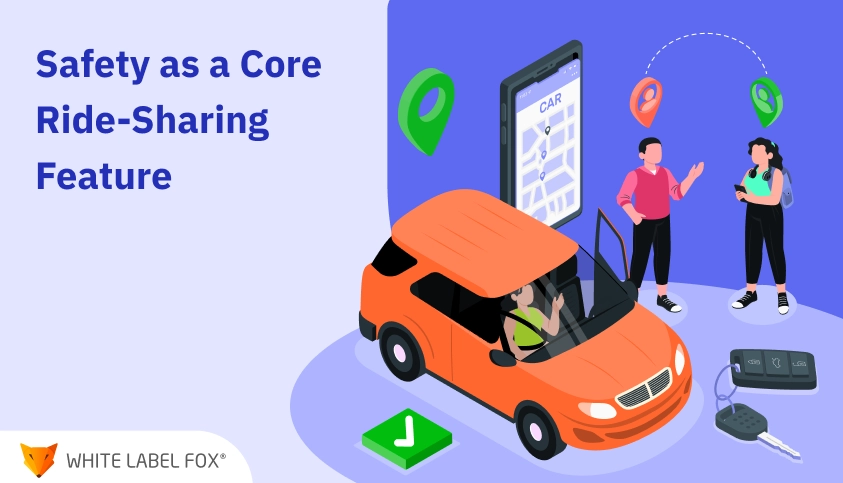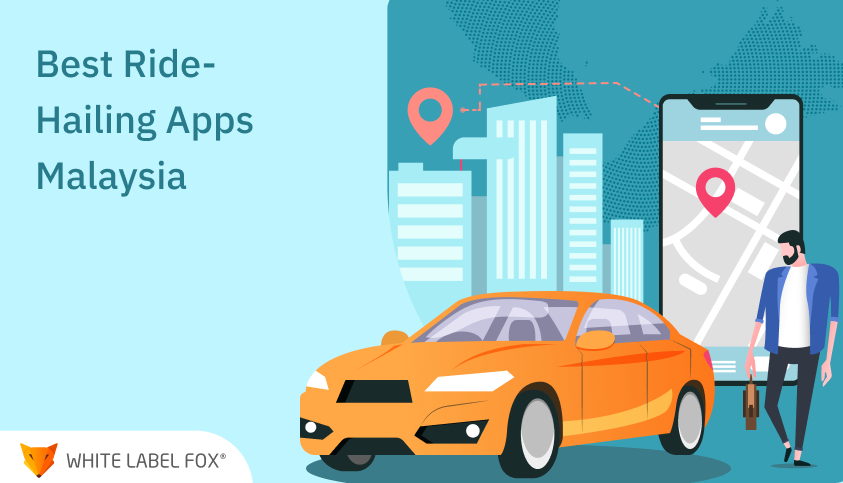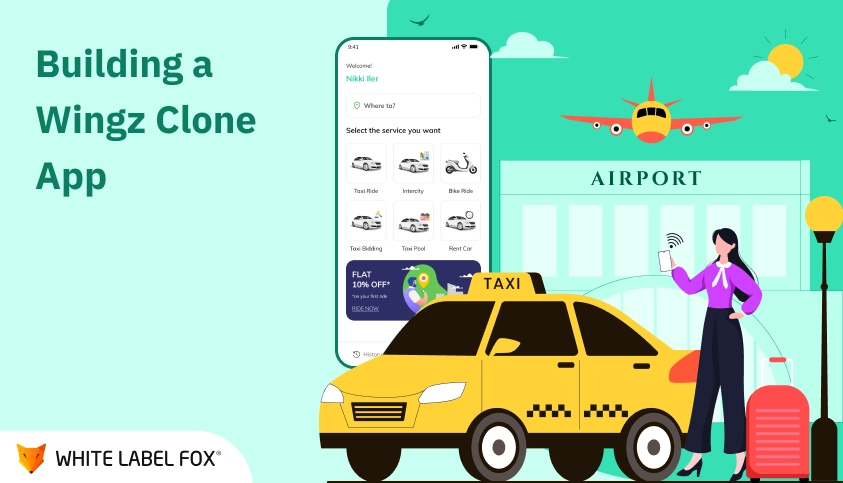
Did you know that the world population is over 8.2 billion as of 2025? More than half of the world’s population now resides in urban areas. That’s a huge number if you start calculating. And it translates into crowded cities that are difficult to commute through.
Since the cities experience significantly higher congestion levels, rideshare services bring much-needed relief. As for the public transport, it’s a lot like a surprise lottery. You never know if you will get a seat or if the passenger next to you will be amicable.
Rideshare services, high in demand, have been the personalized magic carpet people were looking for. As convenient as they are, even during the wee hours, safety is a crucial component. In this article, we will examine why safety is the driving force behind trust in the shared mobility revolution.
The Cost of Neglecting Rideshare Safety
Ride-share companies can seldom view safety as an afterthought. If they do, their entire reputation is at stake. The fallout may involve throwing the business out the window. Here’s a closer look at the cost of putting safety on the back burner:
Loss of Trust
The minute companies treat safety as an add-on, consumer trust takes a dip. Would you want to be driven miles, constantly worrying about safety? The same goes for customers, who rely on the following three pillars:
- Thorough background checks of drivers
- Vehicle safety
- Easily accessible help, in case needed
On top of this, drivers need to know that the platform prioritizes their safety too. Just a single negative experience is enough to lose all trust. The fallout would include online complaints and warnings that some companies never truly recover from.
Word-of-mouth is powerful, which means it can easily stain a company’s image. It can make things so bad that riders boycott a rideshare service altogether. In short, trust is never to be taken lightly.
Legal and Financial Roadblocks
Any company that takes safety for granted in the ride-sharing world has more than bad press to worry about. Court battles are not a far cry in such cases. What’s more is that investor confidence is also lost.
Let's consider the Uber scenario, one that is currently under the legal microscope in the US. The Uber lawsuit exposed major safety gaps in the company’s systems. Plaintiffs have alleged that driver background checks and in-app safety features were inadequate.
TorHoerman Law even notes that despite being aware of repeated reports of driver misconduct, the company failed to implement essential safety measures. To date, over 2,500 lawsuits have been filed.
Now, Uber hasn’t been held liable in its first-ever civil trial. However, this is a multidistrict litigation (MDL).., where Tier 1 settlement amounts can range between $300,000 and $1 million. The full financial impact will only become clear over time. The bottom line is that profits at the expense of safety are a bad idea.
Regulatory Brawls
Courtroom drama? Check, but that’s just the beginning. Players in the rideshare arena also need to worry about stern referees or regulators. They are quick to step into the game. Across the world, governments are enforcing stricter safety standards.
Uber has taken the brunt of this as well. In 2024, the Dutch protection authority imposed a fine of €290 million (or $312 million) for the transfer of sensitive driver data. That’s when data protection standards became tighter still.
Moreover, stricter driver background checks are becoming non-negotiable. Across the US, several states have pushed for fingerprint-based driver vetting. Those in Europe and Asia are increasingly making in-app emergency buttons and SOS alerts compulsory.
Fines can be costly, especially for companies with modest capital to spare. Some governments are even going as far as issuing bans. For instance, Uber had temporarily lost its license to operate in London.
Core Safety Features That Every Ride-Sharing Service Should Include
Given the stakes, companies must prioritize safety from day one. Consistent safety practices will distinguish a brand that retains customer trust from the others.
Safety should be built into every aspect of the service, from people to technology. Based on that, listed below are the core safety features every ridesharing service must include:
Rigorous Screening and Verification
As mentioned before, one of the major allegations against Uber has been its inability to run proper driver background checks. This is why comprehensive checks should become a vital part of the driver screening process.
The scope of such checks should run from the potential driver’s identity verification to their criminal history. Moreover, ongoing monitoring is essential. Drivers with complaints or repeated risky behaviors should either be flagged for retraining or downright suspended.
The same efforts can extend to rider identities, too. In 2024, Uber blocked nearly 15,000 rider accounts that were using fake identities. This revealed the extent of effort required to protect both drivers and riders.
Vehicle Safety and Maintenance
Besides the screening process, ride-sharing companies must pay attention to vehicle safety and maintenance. Even the most rigorous verification checks cannot prevent accidents caused by defective cars. This is why periodic vehicle inspections should be carried out.
Digital proof of inspection may be uploaded in-app for compliance checks. Besides this, digital maintenance records should be kept for each vehicle. They would include details like the service dates, repairs, etc.
Not only that, but vehicles need to be equipped with basic emergency tools, such as first-aid kits and fire extinguishers. This is in line with establishing a maximum vehicle age. It will encourage drivers to upgrade their vehicles with better safety ratings.
In view of the possibility of driver crashes, Waymo, Alphabet’s self-driving unit, is aiming to launch self-driving ride-hailing services by 2026. The company reported that its vehicles have been involved in 81% fewer crashes compared to human drivers.
In-App Safety Tools
The app itself is the central control hub. It is equally important to design thoughtful in-app tools that empower riders, drivers, and operations teams for quick responses.
Under this, the first important feature is undoubtedly real-time ride tracking capabilities. Every ride needs to be tracked in real-time, so the trusted contacts of the rider can follow the trip. A one-tap SOS feature should connect to local authorities in case of any fishy behaviors.
Again, in-app masked messaging and calling are critical to keep personal numbers hidden. This can reduce the chances of off-platform contact and harassment. Operators also need to collect real-time feedback via the app itself. Over time, the feedback loop will strengthen user trust and the platform’s liability management as a whole.
On that note, proactive safety alerts for drivers are a good idea. The app can issue alerts for driver fatigue or crossing of safe speed limits. Push notifications that encourage drivers to take a break will go a long way in ensuring long-term safety.
Insurance and Legal Transparency
Safety is not wholly about avoiding accidents or assaults, right? It’s also about financial protection and liability coverage. Hence, clear legal policies and insurance details reassure both riders and drivers. Plus, they protect the platform from regulatory scrutiny.
Coverage details should be made transparent on the app, including accidents and medical emergencies. This will help riders and drivers know exactly what’s covered before and during the ride.
Both parties should also be able to review their rights and responsibilities quickly. So, in-app access to terms of service and liability agreements is also a must. Claim filing can also be seamlessly integrated into the app.
Incidents should be documented with timestamps, GPS info, and photos. Finally, the insurance or legal policies must align with the local laws and industry standards. Proactive transparency is the only way to avoid hefty fines and reputational damage.
The Role of the Fourth Industrial Revolution in Enhancing Rideshare Safety
Rideshare safety is gradually moving from reactive measures to predictive, intelligent ones. It’s the courtesy of the Fourth Industrial Revolution technologies like Artificial Intelligence (AI) and Big Data analytics. Let’s look at their roles closely in strengthening safety:
AI and Predictive Analytics
AI algorithms can analyze driver behavior and even traffic patterns to predict and reduce the chances of unsafe incidents. For instance, AI identifies drivers exhibiting risky behaviors, like sudden braking or erratic speeds.
Likewise, unusual or potentially unsafe passenger behaviors can also be detected. This would include repeated complaints or flagged accounts. When combined with the historical ride data, potential conflicts can be mitigated before they get worse.
Machine Learning-Based Incident Response
AI helps by predicting incidents before they occur. Machine Learning (ML), on the other hand, ensures that the response is timely if any incident does occur.
Through automatic risk assessment, ML models assign a score based on severity and historical patterns. Those with high-risk scores are followed through with immediate human intervention.
Plus, ML models can detect patterns across incidents in the form of recurring complaints against a driver. The system can intervene if problems arise. Examples include rerouting or temporarily deactivating the driver.
Advanced Telematics
Telematics refers to the use of sensors, GPS, and onboard diagnostics to monitor vehicles in real time. This builds on basic telematics due to detailed monitoring. The sensors collect data on speed and braking patterns, thereby helping spot reckless driving as it occurs.
Any sudden collisions or rapid acceleration are also detected. This allows staff to respond immediately to any incident. Since telematics supports usage-based insurance, it encourages safer driving behaviors.
While this technology does not directly address assaults, it still plays a key role in safety. The former is primarily taken care of by the AI-ML technologies.
To end on a positive note: companies that make safety their core value will set new industry standards and drive innovation. This is among the primary growth drivers for the industry.
Key factors behind this growth include urbanization and increasing smartphone use. In a country where ride-sharing dominates the taxi market with a share of 65.63%, safety becomes a non-negotiable. Those who put safety first will be the ones to lead the market.

















